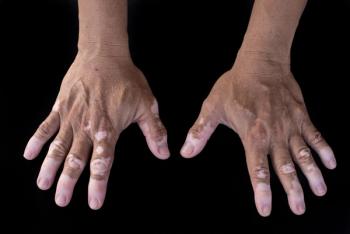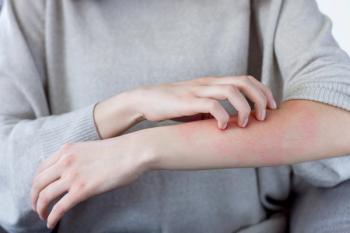
Breakthroughs in Chronic Itch Lead to Better Treatments and Understanding
Shawn Kwatra, M.D., professor and chair of dermatology at the University of Maryland School of Medicine, shared with Managed Healthcare Executive that while chronic pruritus, or long-lasting itch, has a history of challenging patients and physicians, recent years have brought significant progress in how this condition is understood and treated.
The first major breakthrough, Kwatra shared, is the development of new therapies that can directly target what causes chronic itch.
“We have now had the development of multiple biologic and small molecule inhibitors that are able to rapidly reduce itch,” he said.
These include therapies such as Dupixent (dupilumab), an IL-4 receptor alpha inhibitor; Adbry (tralokinumab) and Ebglyss (lebrikizumab), both IL-13 inhibitors; and Nemluvio (nemolizumab), an IL-31 inhibitor, as well as JAK1 inhibitors, which play a crucial role in itch signaling.
These treatments, which affect both the immune and nervous systems, have proven to be safer than traditional immunosuppressants and have reshaped clinical approaches to itch, Kwatra said.
A second advancement includes the growing understanding that chronic itch is not a one-size-fits-all condition, he added.
While some cases are driven by immune system activity, others may stem from neuropathic causes, even when the skin appears normal.
Recent research from Kwatra’s team have shown that biomarkers such as elevated blood TARC levels and type 2 cytokines may help differentiate immune-related itch from other types.
There’s also evidence that some folks are more likely to get severe types of chronic itch, such as prurigo nodularis, because of their genes. This condition causes thick, itchy bumps on the skin.
In addition, Kwatra noted that the once-clear line between inflammatory and neuropathic itch is starting to blur.
Many forms of chronic itch show both immune and neural involvement, and some therapies now target pathways shared by both systems.
At the same time, researchers are also exploring conditions where damage to the somatosensory nervous system causes itch that doesn’t respond to immune-targeted therapies, highlighting the evolving nature of this field.
Newsletter
Get the latest industry news, event updates, and more from Managed healthcare Executive.





















































